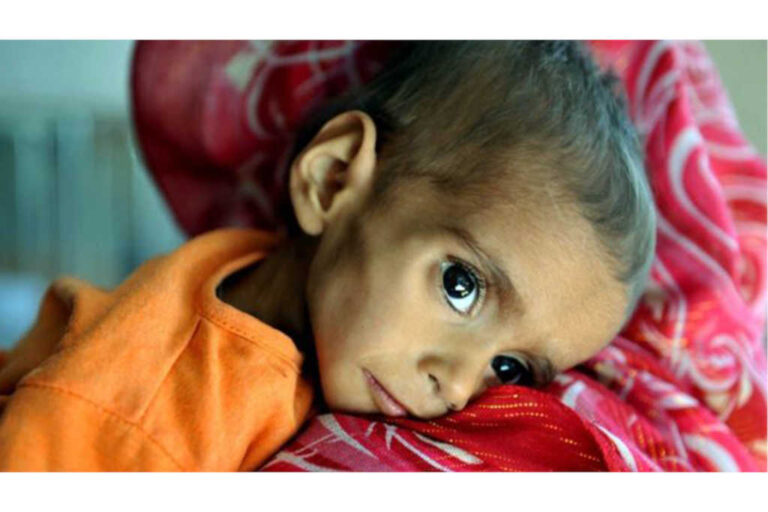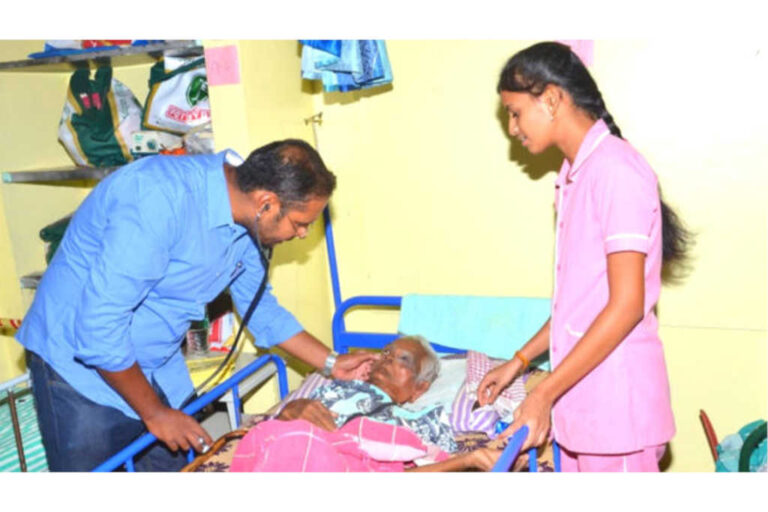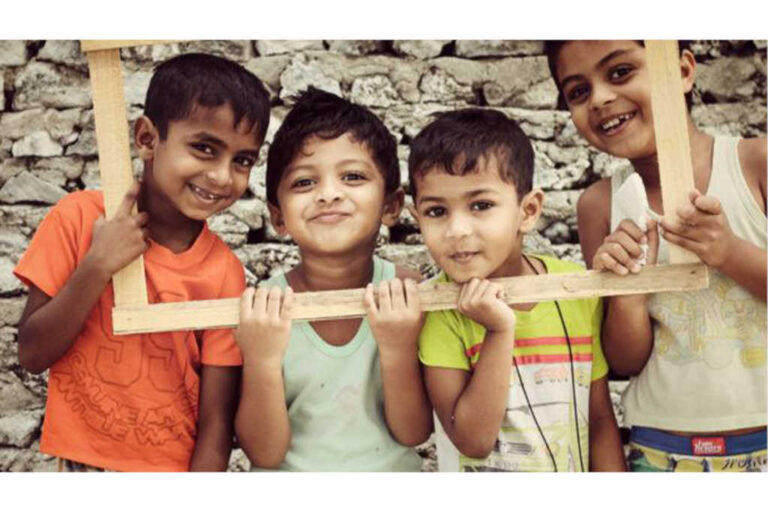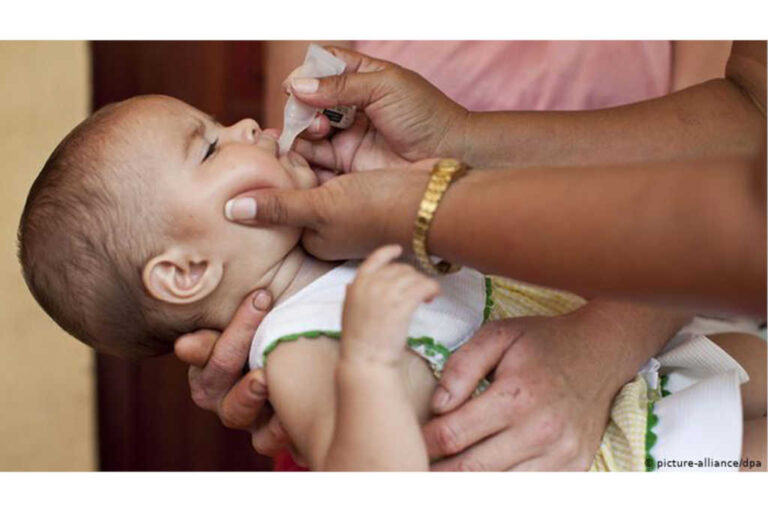Why does India Have One of the Highest Rates of Infant Mortality in the World?
Maternal education and household wealth play a very critical role in infant and child mortality.
Since December 1, 2019, more than 500 infant deaths were reported from just six government hospitals in Rajasthan and Gujarat. Across India, there were 723,000 infant deaths in the year 2018, as per the United Nations’ child mortality estimates.
“There are issues such as lack of appropriate facility at primary centres, delays in referring patients to doctors and lack of transportation—which lead to high infant deaths.”
The low-quality health infrastructure, antenatal care, maternal health, and postnatal care jeopardise the lives of children.
Infant deaths are more a cause of deeper social problems such as malnutrition, sanitation, and immunisation, rather than only medical aspects.
India’s Survey Results —
Many deaths occur before children turn one. Infant mortality rate (IMR), is reduced by 43% over past 12 years–from 57 per 1,000 live births in 2006 to 32 in 2017, as per government data released on May 30, 2019. But in spite of the reduction, India’s Infant Mortality Rate (IMR) in 2017 remained higher than the global 29.4
IMR is a rough indicator of a country’s overall healthcare structure. The latest information is got from the Sample registration survey (SRS) bulletin, which is released by office of the Census Commissioner and Ministry of Home Affairs. The last newsletter was issued in September 2017. In this year, India’s rural areas had an IMR of 38 and the urban regions 24, with differences in healthcare quality, despite the implementation of a national programme to bridge this gap, that is the— “National Rural Health Mission”.
Reports of studies conducted, conclude that States with high infant mortality of up to 40 (per 1,000 births) have preventable causes of death such as Diarrhoea and Sepsis.
Poor Primary Care —
Since most deaths are among newborn, many of them can be prevented by reaching better coverage of good quality antenatal care, care at birth, postnatal care for the mother and the baby, and care for sick newborns. This statement was made by the 2019 report from the “United Nations Children’s Fund” (UNICEF).
About 60% of deaths of children under five are among neonates–babies younger than 28 days. These deaths are preventable with cost-effective interventions, where babies are kept in skin-to-skin contact with the mother, given breastfeeding support and primary care against infections and breathing difficulties.
Conclusion —
A child born in a household of the highest level of the wealth index is more likely to survive early childhood compared to a child born in the lowest level. The launch of facility-based newborn care under the National Rural Health Mission has created Newborn healthcare corners at every point of childbirth.
EKAM Foundation’s, [an NGO] vision is to work towards providing quality healthcare to needy infants, children and mothers in India. The foundation was started with an underlying concern that no child should be denied the right to right healthcare.
EKAM’s plays a full-fledged part in the wellbeing of children and mothers; and thereby contribute to a reduction in infant, childhood, adolescent and maternal deaths.
EKAM is a unique health care model.
So, log onto www.ekam.ngo to learn more.






